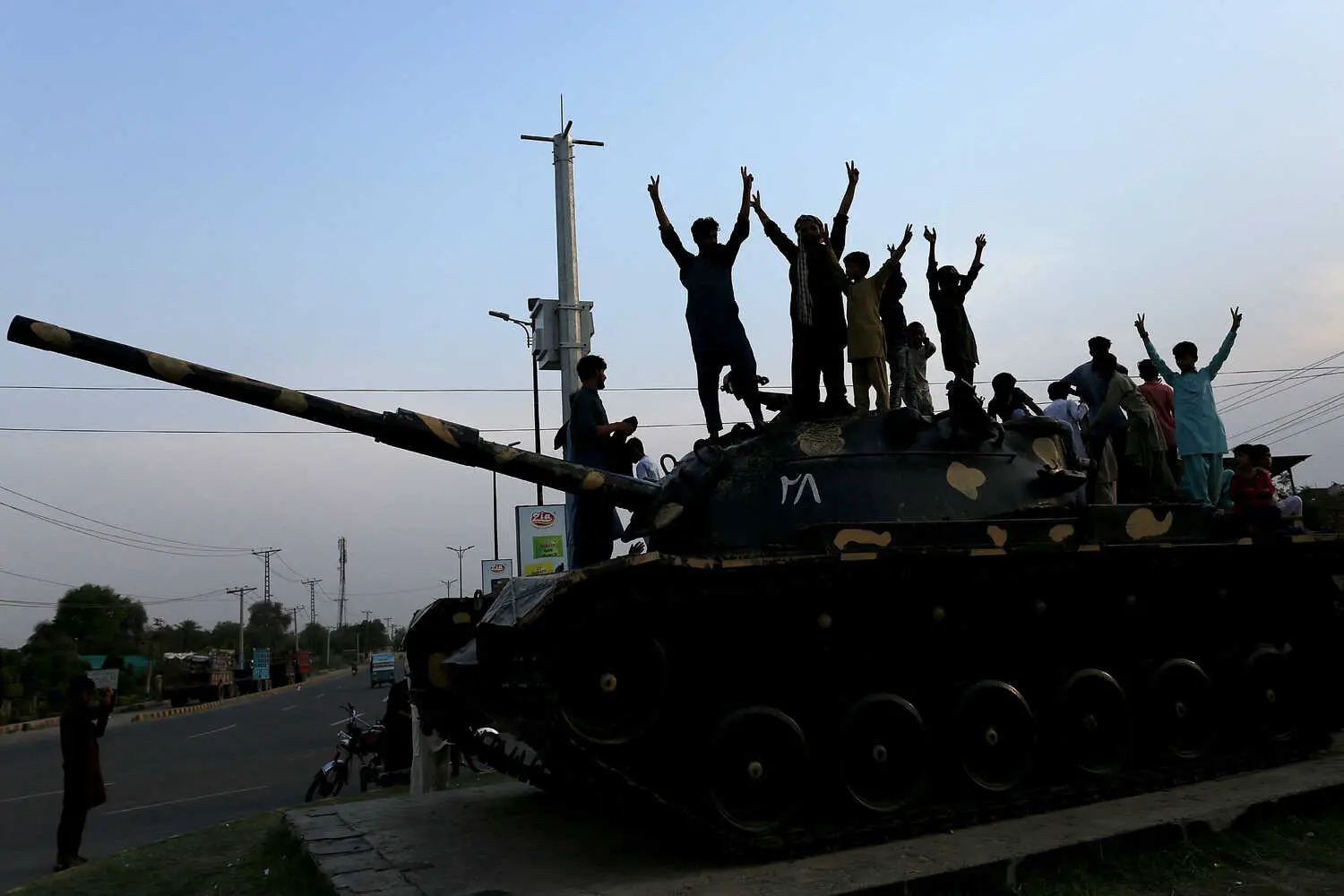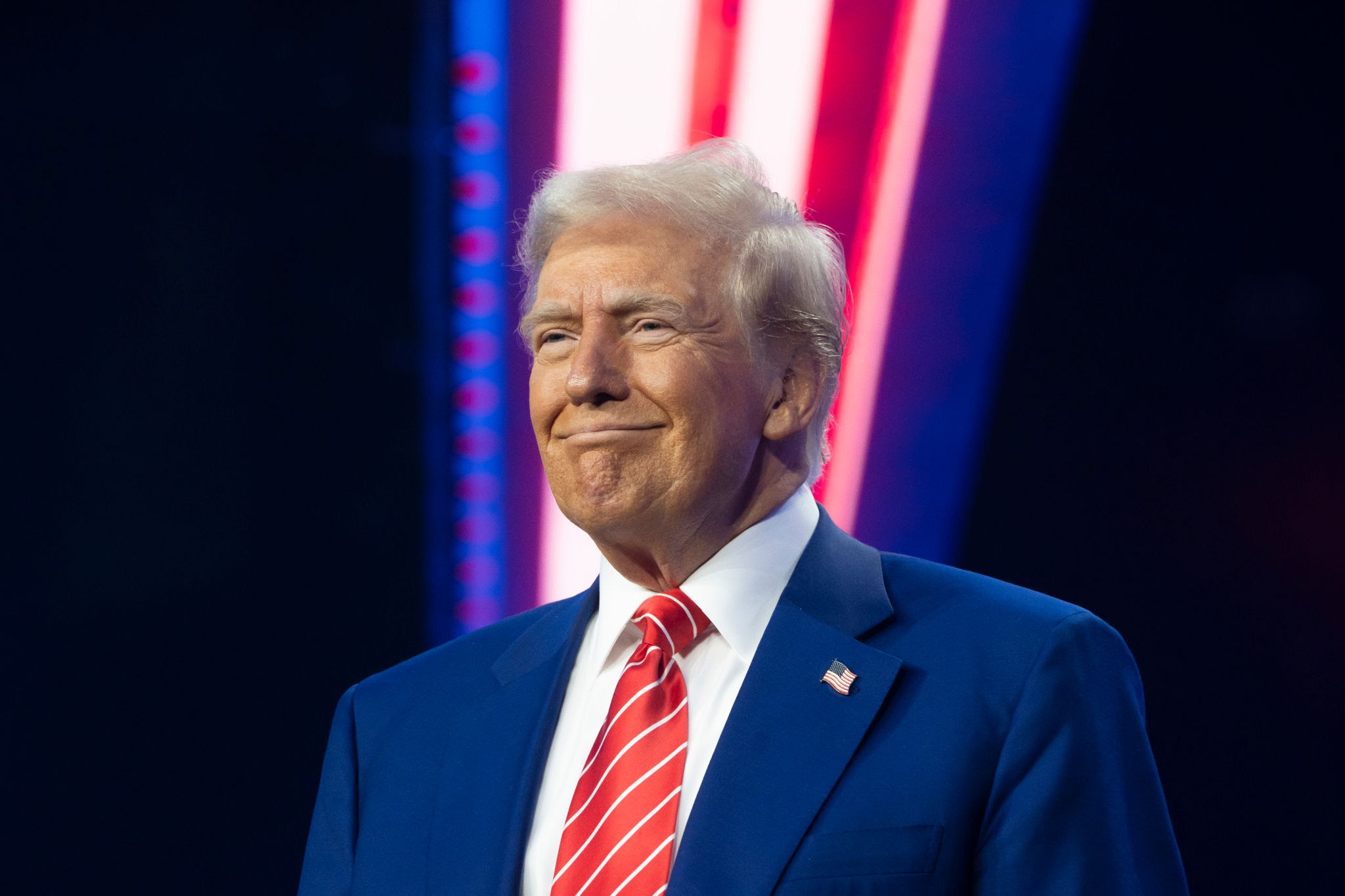India–Pakistan Ceasefire Agreement: A Turning Point Amid Escalating Tensions
The announcement of a full and immediate ceasefire between India and Pakistan on May 10, 2025, marks a pivotal moment in the history of South Asian geopolitics. This agreement, brokered through intensive U.S. mediation, comes after a period of severe military escalation and mutual accusations, underscoring both the volatility of the region and the enduring hope for peace.

Background: The Road to Escalation
The latest crisis was ignited by a devastating terrorist attack on April 22, 2025, in the Baisaran Valley near Pahalgam, Jammu and Kashmir, which claimed the lives of 26 civilians, including Indian tourists. India swiftly attributed the attack to Pakistan-based militant groups, leading to retaliatory airstrikes targeting alleged terrorist infrastructure within Pakistan. Pakistan, in turn, denied involvement and condemned India’s military response as provocative and unjustified. The situation rapidly deteriorated, with daily cross-border exchanges of fire along the Line of Control (LoC) and the suspension of key bilateral agreements, including the Indus Waters Treaty and visa-free travel regimes. Both nations mobilized their militaries, and India launched “Operation Sindoor,” striking multiple sites in Pakistan-administered Kashmir and Punjab, which it claimed were terrorist bases. Pakistan responded with its own military operations, and the specter of a broader conflict between two nuclear-armed neighbors loomed large.
International Mediation and Ceasefire Announcement
Amid growing international alarm, the United States stepped in to mediate. President Donald Trump, working alongside Secretary of State Marco Rubio and Vice President Vance, engaged in marathon talks with Indian and Pakistani leadership, including Prime Ministers Narendra Modi and Shehbaz Sharif, and their respective military and security chiefs. The urgency of the situation was underscored by the scale of the military operations and the risk of further escalation.
On May 10, President Trump announced the breakthrough: “After a long night of talks mediated by the United States, I am pleased to announce that India and Pakistan have agreed to a FULL AND IMMEDIATE CEASEFIRE. Congratulations to both countries on using common sense and great intelligence,” he stated on social media. The ceasefire, effective from 5 pm IST, covers all military operations on land, at sea, and in the air.
Both countries’ foreign ministries quickly confirmed the agreement. Pakistan’s Foreign Minister Ishaq Dar emphasized Islamabad’s commitment to peace without compromising sovereignty, while India’s Foreign Secretary Vikram Misri detailed the operational aspects, including direct communication between the Directors General of Military Operations (DGMOs) and plans for further talks.

Terms and Immediate Impact
The ceasefire agreement mandates a halt to all military actions, with instructions issued to forces on both sides to implement the understanding immediately. The DGMOs are scheduled to reconvene for further discussions, aiming to solidify and monitor the ceasefire’s implementation.
India’s Foreign Minister S. Jaishankar reiterated New Delhi’s uncompromising stance against terrorism, stating that India’s commitment to the ceasefire is contingent upon Pakistan taking concrete steps to prevent cross-border terrorism. This reflects the deep-rooted mistrust and the centrality of the terrorism issue in bilateral relations.
Challenges and Prospects for Peace
While the ceasefire brings immediate relief to border communities and reduces the risk of a catastrophic conflict, its durability remains uncertain. The history of India–Pakistan relations is replete with similar agreements that have been undermined by subsequent incidents and mutual suspicions. Ceasefires, by definition, are temporary suspensions of hostilities and are most effective when accompanied by robust monitoring mechanisms, third-party guarantees, and genuine efforts to address underlying disputes.
The current agreement, like previous ones, will be tested by the ability of both sides to manage provocations and prevent spoilers from derailing the peace process. The involvement of the United States as a mediator and the commitment to further talks at a neutral site provide some grounds for cautious optimism. However, the core issues-particularly the Kashmir dispute and the problem of cross-border militancy-remain unresolved and will require sustained diplomatic engagement.
In Conclusion
The May 2025 ceasefire agreement between India and Pakistan is a significant, if fragile, step towards de-escalation in one of the world’s most volatile regions. It demonstrates the potential for diplomacy, even in the face of deep-seated animosity and recent violence. The coming weeks and months will reveal whether this ceasefire can serve as a foundation for a broader and more lasting peace, or whether it will become yet another temporary pause in a long and troubled relationship.

